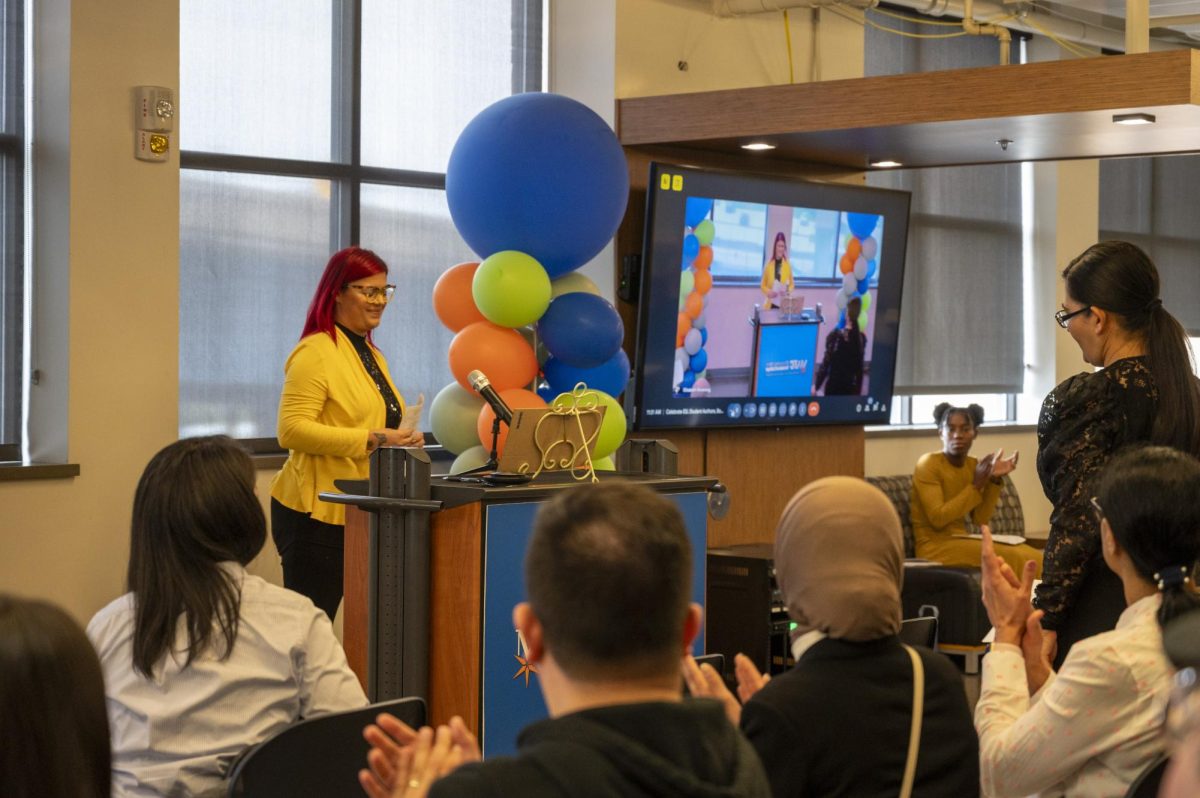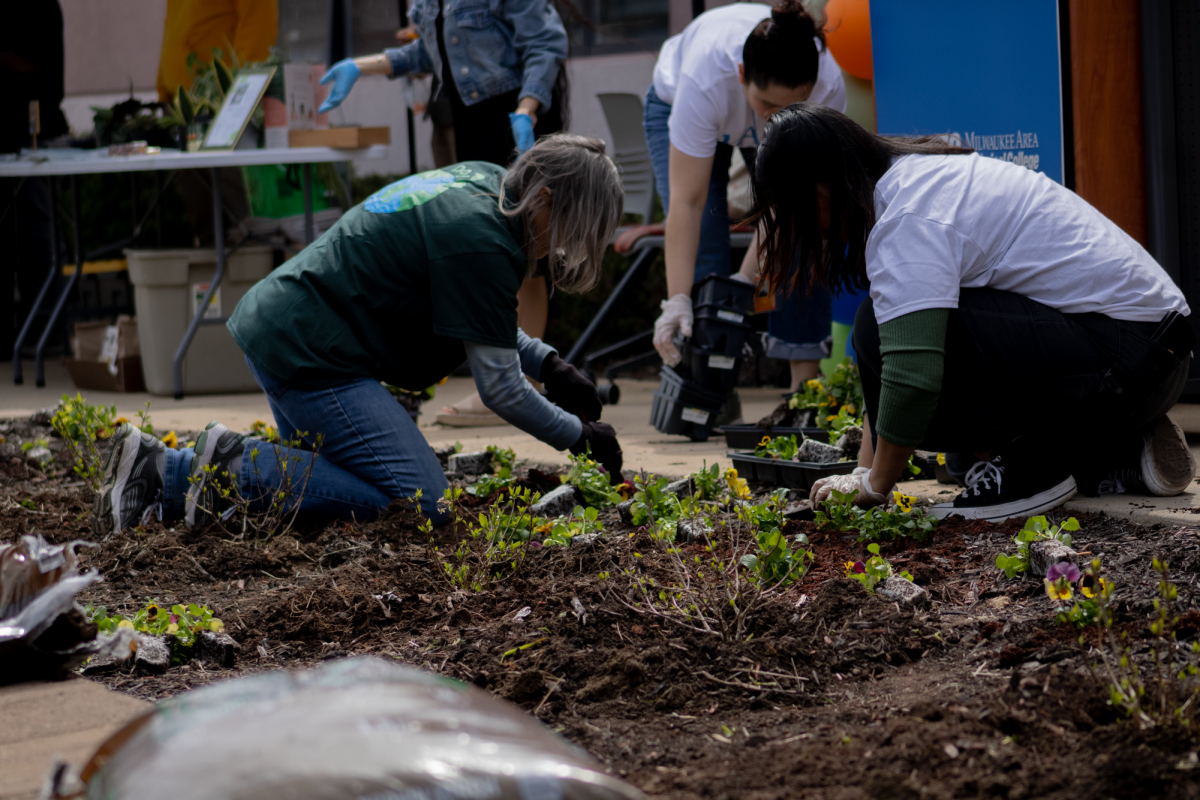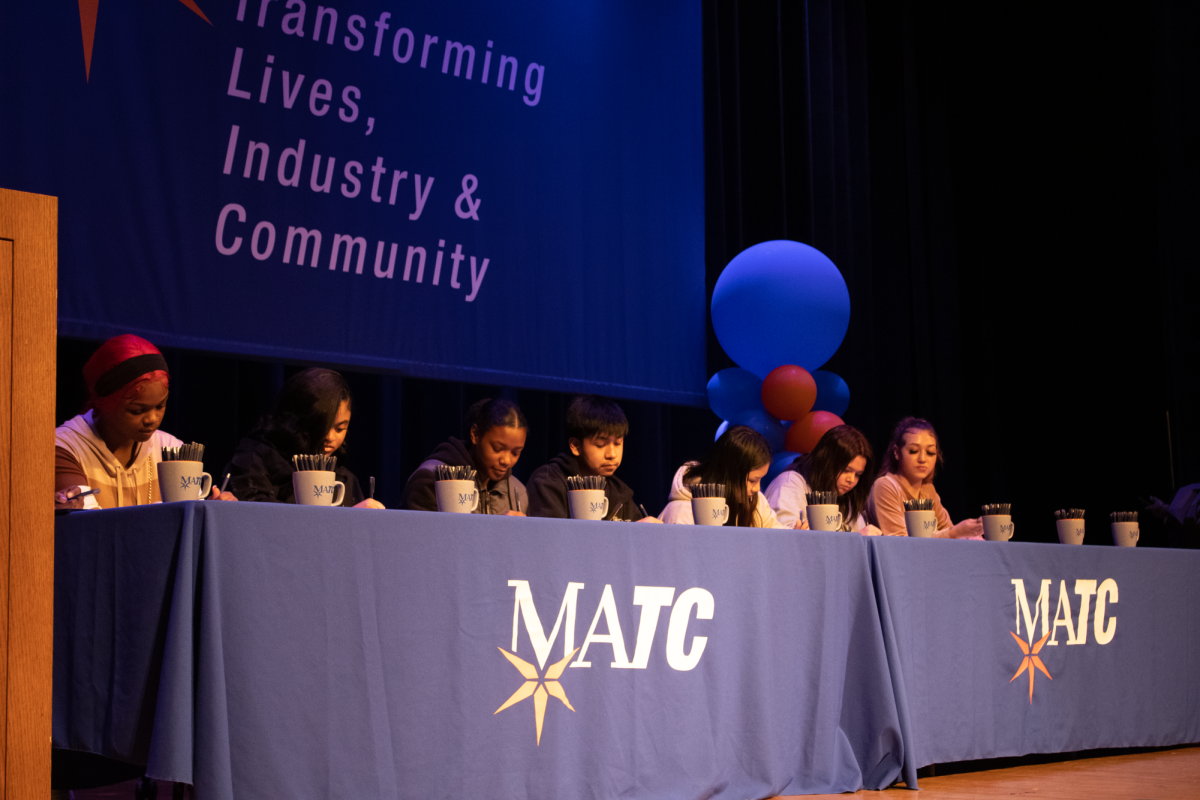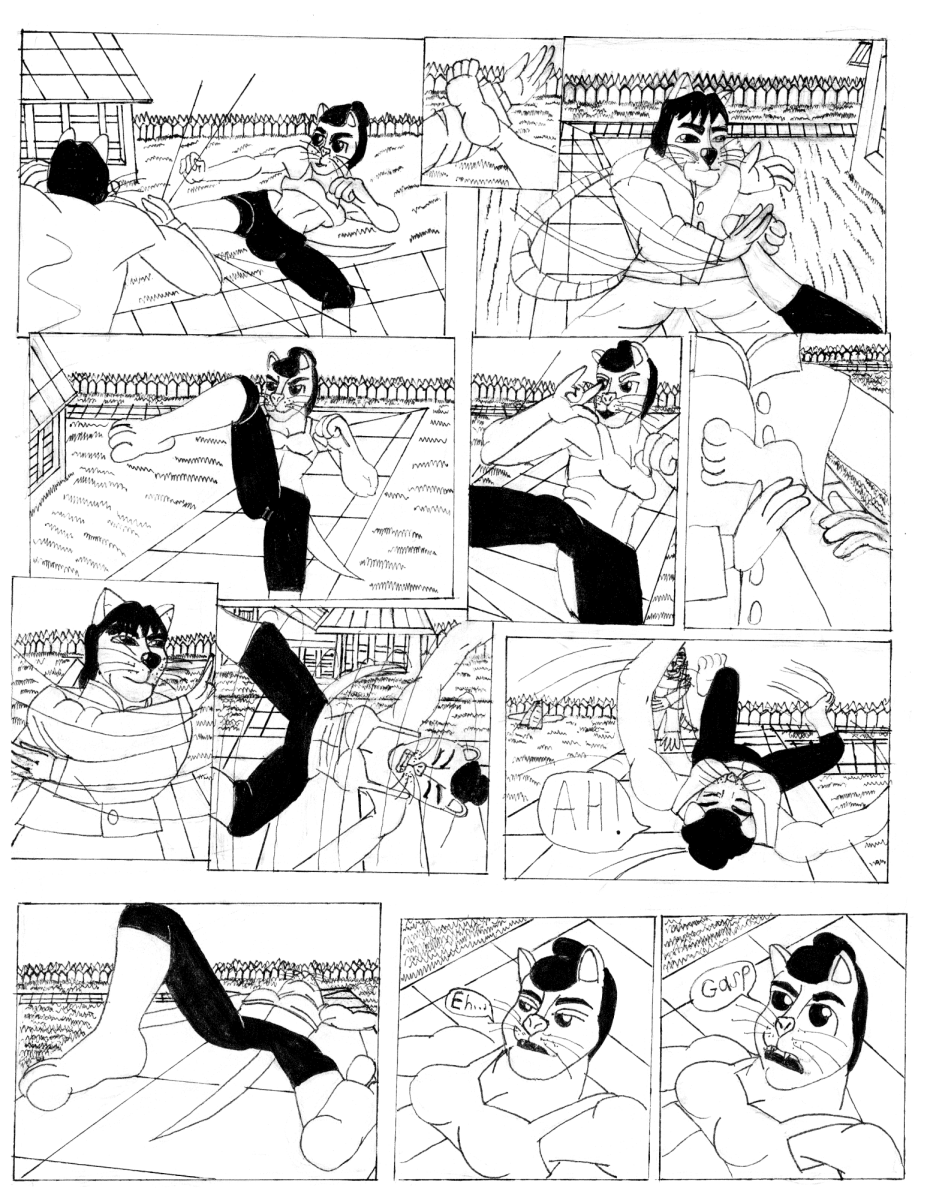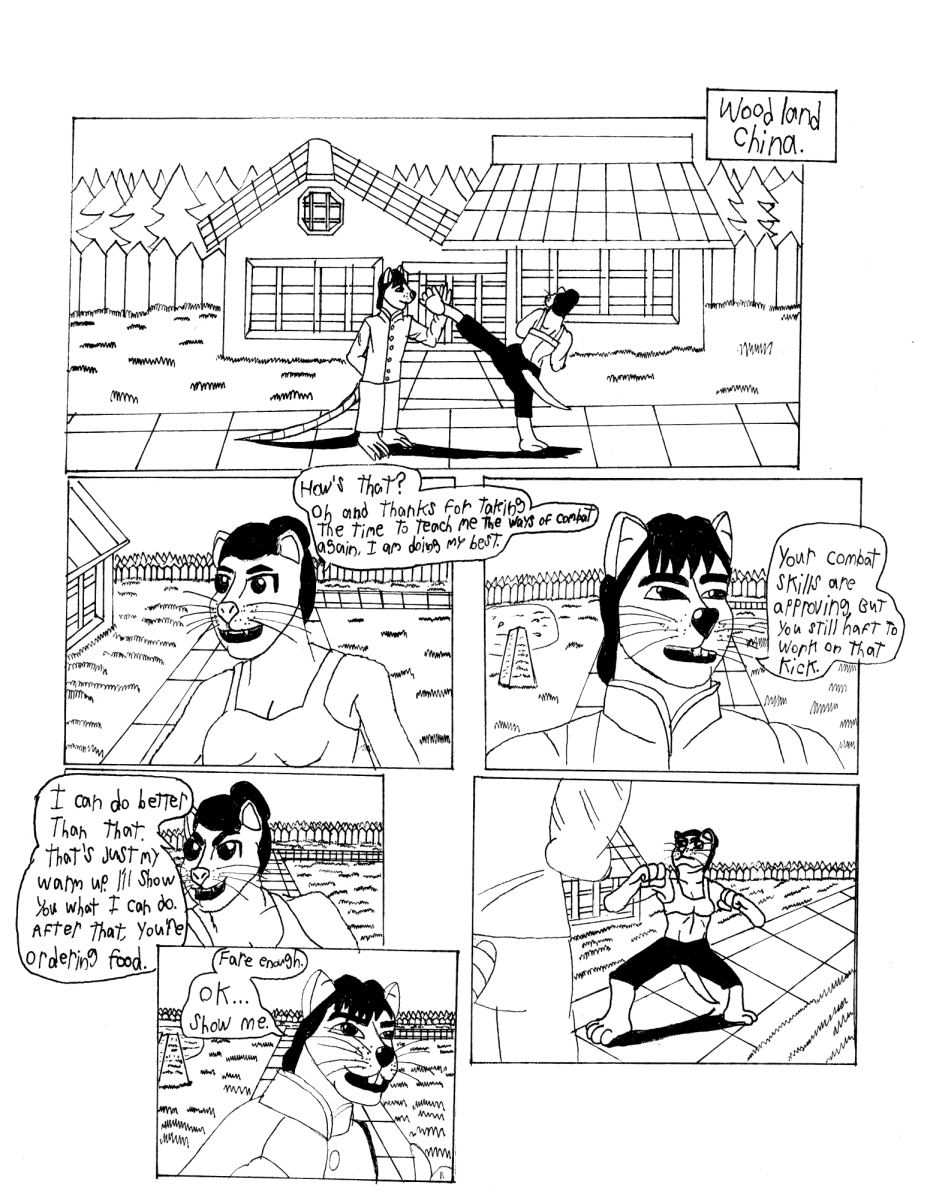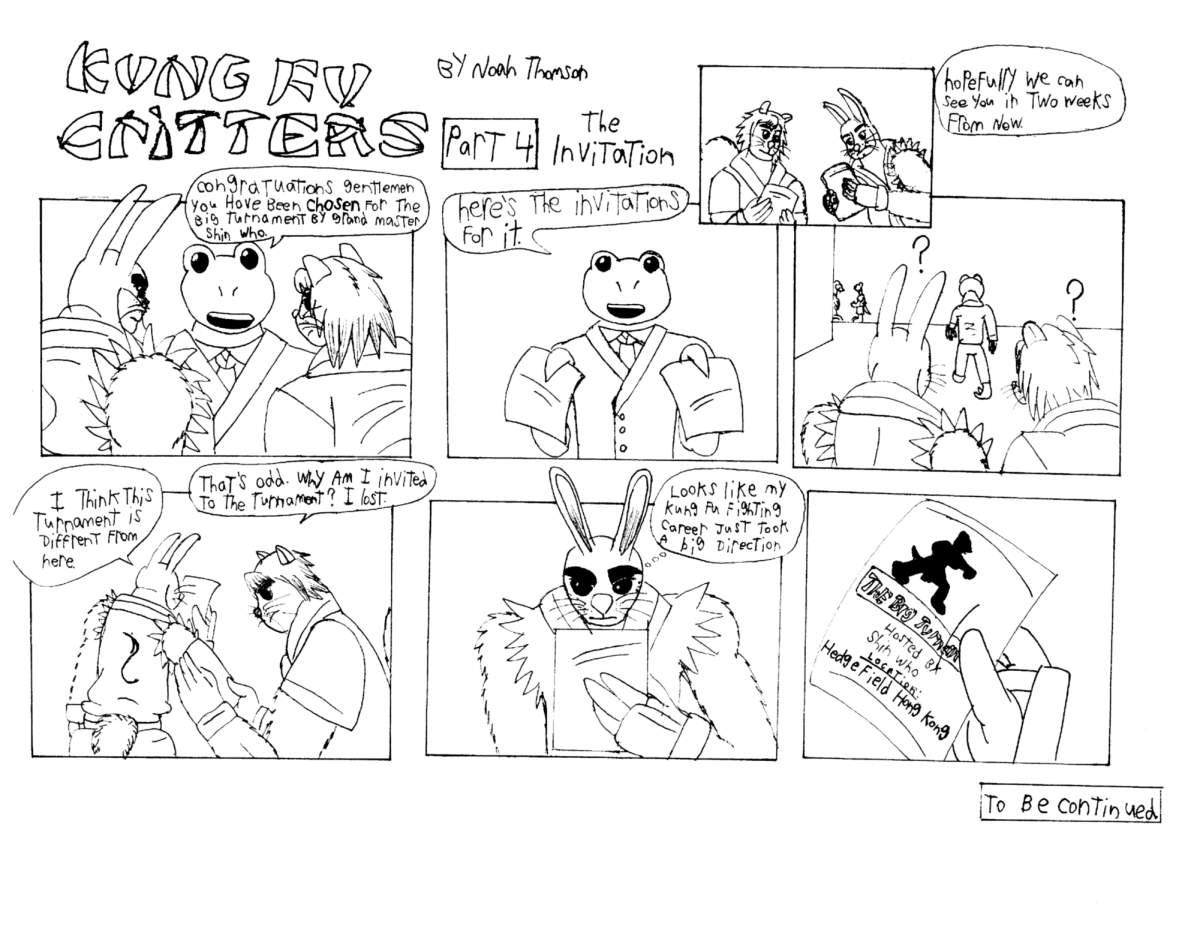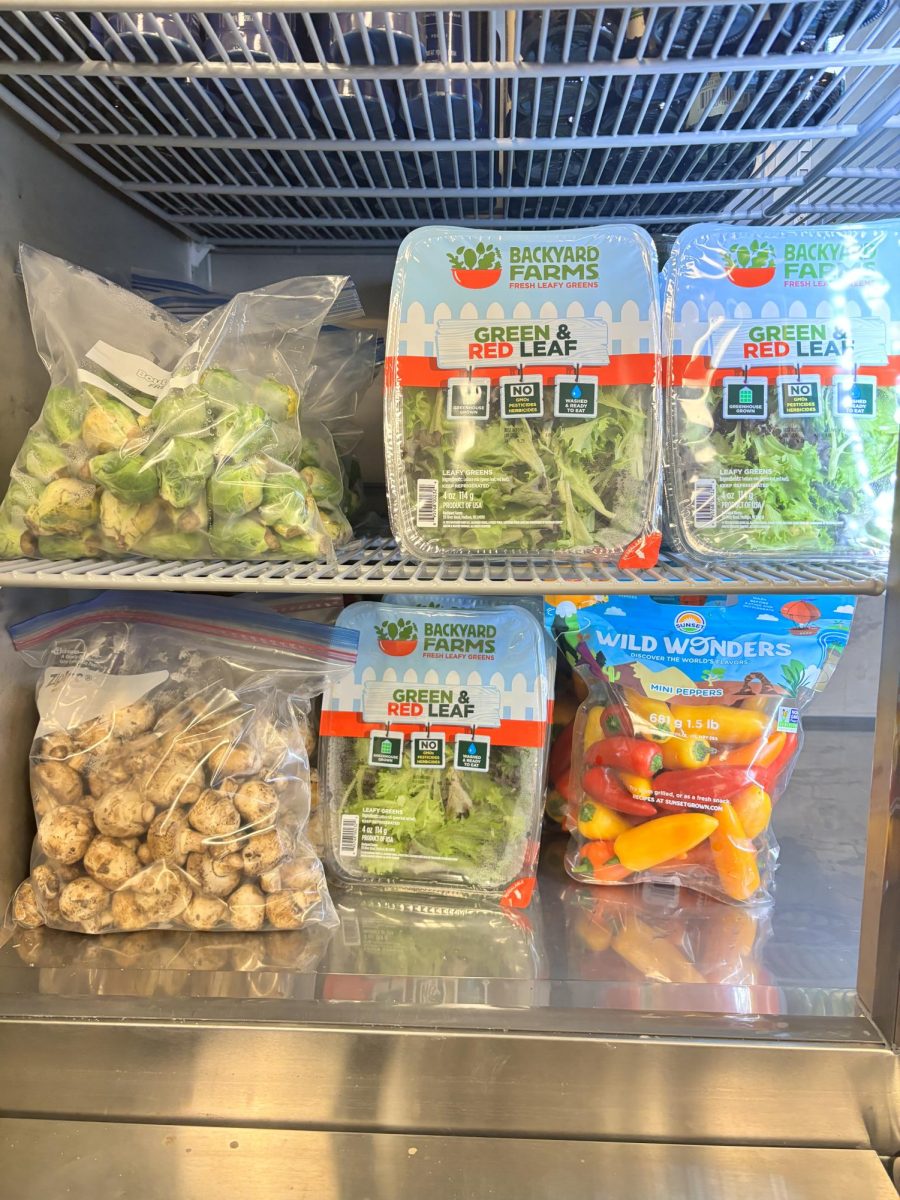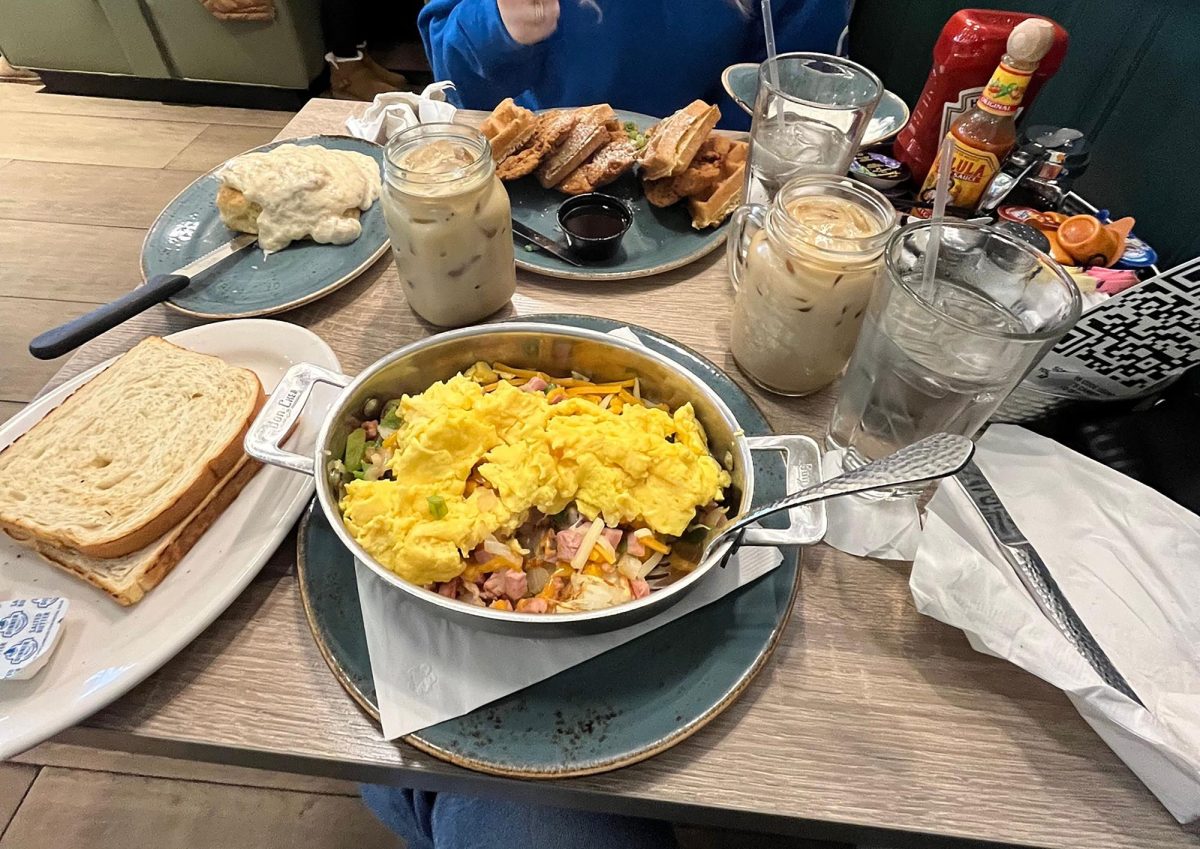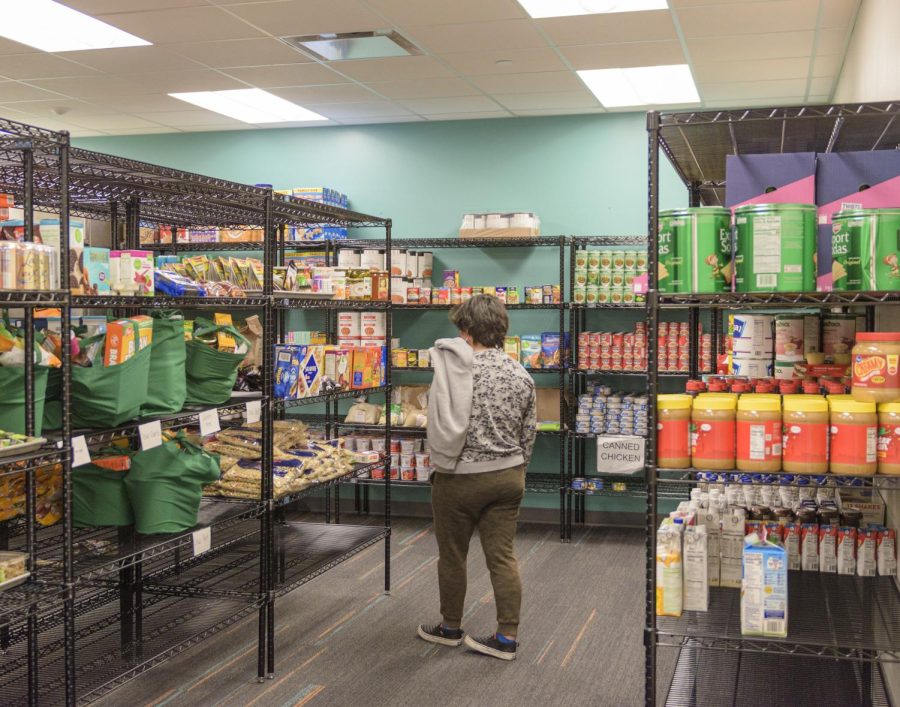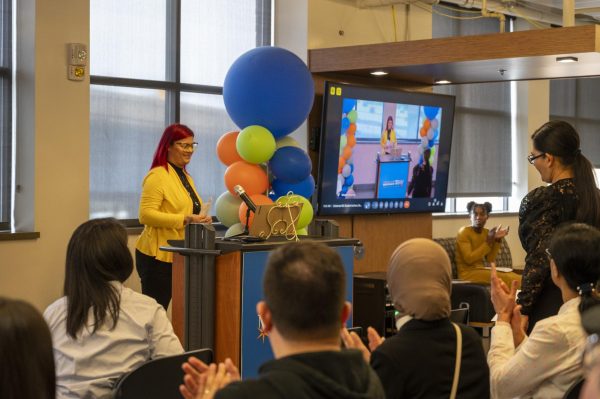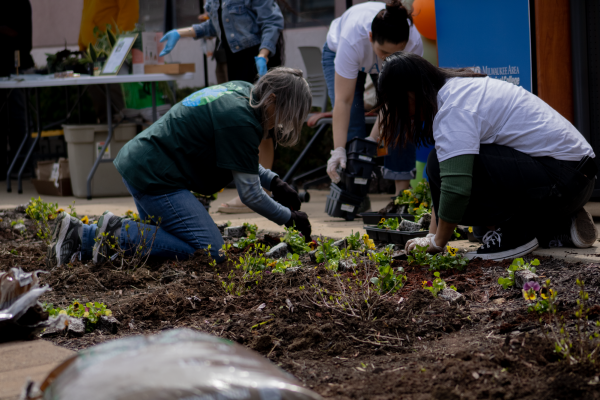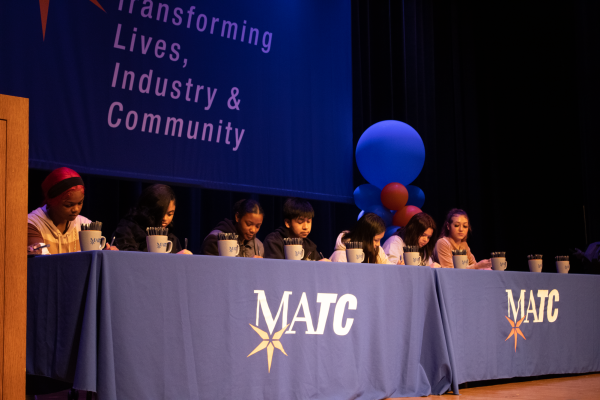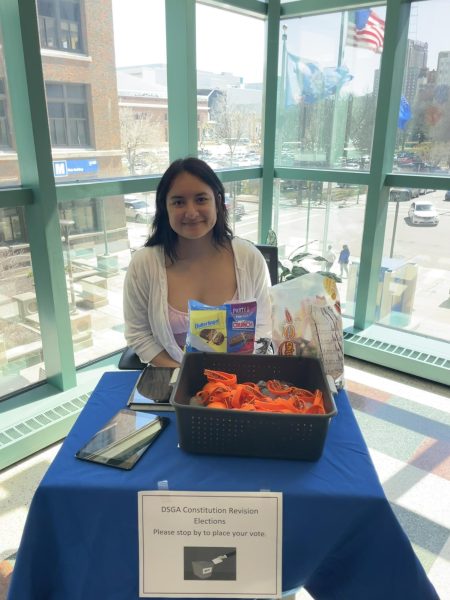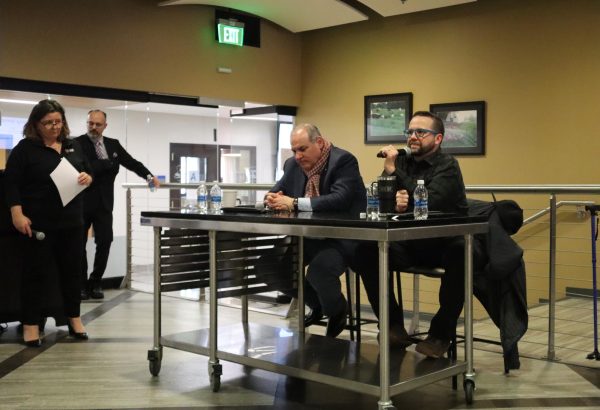You are what you eat: MATC promotes appetizing alterations
Eating well means being well. It’s a fact of life people have been clued into since ancient times. It was the Greek philosopher, Hippocrates, who said, “let thy food be thy medicine.”
The concept is one that documentaries like “Fat, Sick, and Nearly Dead;” “Food, Inc.;” “Food Matters;” “Super Size Me” and many others highlight, “You are what you eat.”
In spite of the inevitable challenges of balancing cost-effective and healthy food choices, the Stormer’s Café at the Downtown Milwaukee campus has been working to change the face of its menus in reflection of a more conscientious attitude toward what students are being served. Not only are many of the new cuisine offerings healthier; they’re also locally grown in Wisconsin, meaning they’re fresher and more natural, and to many, that means they’re tastier.
Since the recent hiring of new executive chef Bruce Evans, it seems MATC has been moving forward at rapid pace in setting a new standard for cafeteria food. A former MATC student and graduate of the Culinary Arts program, Evans has since garnered 40 years of experience in the food industry. “I don’t want this to be a normal cafeteria,” he explains. “We want things to be fresh; we want things to be unique.”
Still in his first year with the food court, as some students may have already noticed, Evans along with other involved staff have made a few changes. “I’ve taken the opportunity to re-invent and bring some different options,” said Evans.
That includes a new baked potato bar, Italian pasta bar, grass-fed beef burgers, as well as an entirely new pizza product. The crust, and even the sauce, are made in-house from scratch by MATC’s own Culinary Arts students.
As Evans explains, “What we’ve done this year is gotten rid of the frozen [product]… it’s made a world of difference. We’re actually grilling them just to give them a little extra smoke and flavor.” Additionally, the students operate a restaurant on the first floor which is open to the public. The tag line: “locally sourced food and talent.”
Under the tutelage of instructors, Culinary Arts students are learning how to work with more natural and local foods while they’re in season. This presents obvious challenges in menu planning but, according to Evans, proves ultimately rewarding in the face of a growing and changing industry.
Evans stated, “Being in the industry of Milwaukee here is very exciting. There are so many new restaurants that have opened up and are using predominantly local foods. … That’s obviously the market where students are going, and the more they know about local foods the better off they’ll be.”
This sentiment is shared by another recent faculty addition, Culinary Arts instructor Jack Kaester, who Evans hails as the “godfather of local food” in Milwaukee.
“As far as I know [Kaester] was the first one really working towards purchasing from local growers in the Milwaukee area. He’s actually the one who influenced me to get more involved with local foods,” he explains. With 30 years of experience, Kaester says he entered the food industry straight out of high school. He’s also a major supporter of local foods and has built his career on partnering with Wisconsin farmers.
Since joining MATC’s team of instructors early in 2013, Kaester expresses that a primary focus has been to bring more local food into the curriculum. Other schools, such as UW-Madison, have done it. Kaester stated, “It can be done.” As both gentlemen acknowledge, doing so can be more cost-prohibitive than commercial alternatives.
On the other hand, they point out that when buying local, natural and sustainable foods it not only makes for healthier people, it makes for a healthier community. When you buy local, the money spent circulates within the community. “It’s ultimately your health you’re paying for,” said Kaester. He also explains that when farmers know MATC is interested in buying from them, they can start growing it for us, which brings prices down a bit. The contribution students make to preparing and serving food also helps reduce the cost of these efforts.
Evans hints at additional changes to look forward to. “I’m really excited about next term. We have a lot more support coming up next fall from the culinary arts students.” He adds that more variety is going to be available as a result of student support, and “quality levels and taste are definitely going to go up.”
Continued support of MATC’s goals of promoting healthier and unique cuisine comes directly from the students and faculty using the cafeteria. “I’m looking forward to really analyzing what our customers want and making that happen. We’ve come a long way … and I want to push that even further,” said Evans.

I look forward to using my position as an Editor for the Times to inspire students to become more aware and active participants in their own education....















